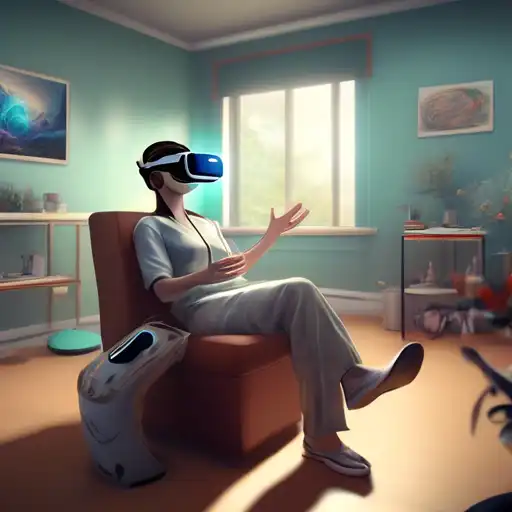The Transformative Role of Virtual Reality in Therapeutic Practices
Virtual Reality (VR) technology has transcended its initial entertainment-centric applications to become a groundbreaking tool in the field of therapy. By creating immersive, controlled environments, VR offers unique opportunities for treating a variety of psychological and physical conditions. This article explores the innovative ways VR is being utilized in therapeutic settings, highlighting its benefits and potential for future applications.
Understanding VR Therapy
VR therapy involves the use of virtual reality technology to simulate environments where patients can confront and work through their issues under the guidance of a therapist. This method has proven particularly effective in treating phobias, anxiety disorders, and PTSD, providing a safe space for patients to face their fears without real-world risks.
Applications of VR in Therapy
The applications of VR in therapy are vast and varied. Below are some of the most notable uses:
- Exposure Therapy: VR allows patients to gradually and safely confront their fears, such as heights or flying, in a controlled virtual environment.
- Pain Management: By distracting the brain with immersive experiences, VR has been used to reduce pain in burn victims and during painful medical procedures.
- Mental Health: VR therapies are being developed to treat conditions like depression and anxiety, offering new avenues for mental health treatment.
- Physical Rehabilitation: VR games and simulations can motivate patients during physical therapy, making exercises more engaging and measurable.
The Benefits of VR Therapy
VR therapy offers several advantages over traditional therapeutic methods. It provides a high level of control over the therapeutic environment, enables the simulation of scenarios that would be difficult or impossible to recreate in real life, and can be tailored to the individual needs of each patient. Moreover, VR therapy can be more engaging and less intimidating for patients, potentially increasing adherence to treatment protocols.
Challenges and Considerations
Despite its potential, VR therapy is not without challenges. The cost of VR equipment and the need for specialized training for therapists can be barriers to widespread adoption. Additionally, more research is needed to fully understand the long-term effects and efficacy of VR therapy across different conditions.
The Future of VR in Therapy
As VR technology continues to evolve, its applications in therapy are expected to expand. Innovations in AI and machine learning could lead to more personalized and adaptive VR therapy experiences. Furthermore, as VR becomes more accessible, it has the potential to democratize mental health treatment, making therapy available to those who may not have access to traditional forms of care.
In conclusion, VR represents a promising frontier in therapeutic practices, offering innovative solutions to age-old problems. By continuing to explore and invest in this technology, the therapeutic community can unlock new possibilities for healing and recovery.
